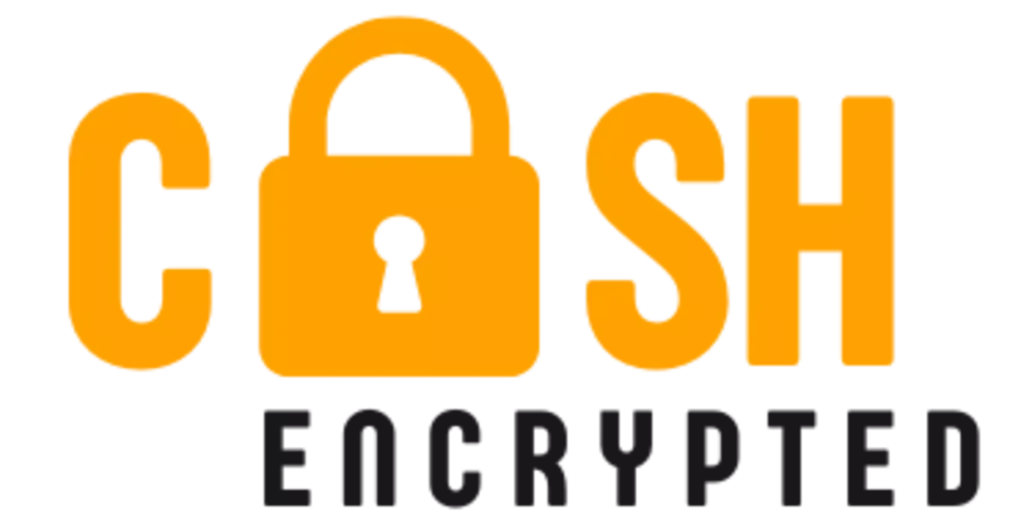Investors stand at the crossroads of two financial paradigms: Traditional Finance (TradFi) and Decentralized Finance (DeFi). Understanding their differences, advantages, and challenges can empower stakeholders to make informed decisions. Knowledge of these systems helps investors harness the benefits of each, shaping portfolios that are resilient and forward-looking. This guide delves into the intricacies of TradFi and DeFi, offering a roadmap to navigate the financial landscape’s evolution.
Understanding Traditional Finance
Traditional finance has its roots deep in history, built on the foundation of centralization. Institutions like banks and governments play pivotal roles in administering crucial economic activities such as lending, saving, and investing. This system relies on central authorities to manage and oversee financial transactions, ensuring stability and order. The tightly regulated nature of traditional markets fosters investor confidence, offering a sense of security and transparency. Regulations help prevent malpractices, ensuring financial markets function smoothly. For more insights into modern financial trends shaping the future, you may find Bitcoin’s 2025 Outlook insightful. This structured, centralized model continues to be a backbone for global economic operations.
The Rise of Decentralized Finance
Decentralized finance, or DeFi, has gained traction through foundational technologies such as blockchain and smart contracts. These innovations enable secure and transparent transactions without central authorities. The allure of DeFi lies in its ability to eliminate intermediaries, offering users increased autonomy and control over their assets. Significant milestones include the development of various protocols that facilitate lending, borrowing, and trading, mimicking traditional financial services but in a decentralized ecosystem. This shift challenges the norms of traditional finance by promoting inclusivity and reducing costs. As the DeFi space continues to evolve, its potential to redefine financial systems grows stronger, attracting more individuals seeking independence from traditional financial institutions. For more insights, visit this blog.
Comparing Investment Opportunities
Within traditional finance, investment options like stocks and bonds offer investors varying levels of risk and return. Stocks represent ownership in a company, while bonds are debt securities. Mutual funds pool investors’ money to buy a diversified portfolio of these assets, reducing individual risk.
In contrast, decentralized finance (DeFi) presents opportunities like cryptocurrencies and yield farming. Cryptocurrencies serve as digital assets, often offering more volatility and potential returns than traditional stocks. Yield farming allows users to earn returns on their crypto holdings by providing liquidity to DeFi protocols.
These DeFi options often promise higher returns but come with higher risks, setting them apart from the more regulated and established traditional assets learn more.
Risk and Reward Dynamics
Traditional finance prioritizes risk management with tools like diversification, which spreads investments to reduce potential losses, and insurance, offering protection against unforeseen events. These strategies usually lead to steady, albeit lower, returns. In contrast, decentralized finance (DeFi) is characterized by high volatility, with its open markets often experiencing significant price swings. While potentially lucrative, DeFi’s landscape requires users to assume greater risk, with opportunities for high returns often paralleled by the possibility of significant losses. This balancing act is crucial for participants in these spaces, highlighting the need for a comprehensive understanding of market forces. For further insights into DeFi’s potential amidst its volatility, see this bitcoin 2025 outlook.
Regulation and Compliance
Traditional finance operates within a well-established regulatory framework designed to ensure stability and protect consumers. These regulations provide a robust set of standards for compliance and security. In contrast, decentralized finance faces significant challenges in establishing similar norms. The absence of a central authority complicates enforceability and makes it difficult to apply standard legal frameworks. Issues such as jurisdictional ambiguities and the risk of fraud add layers of complexity. Without a universally accepted set of guidelines, DeFi participants must navigate an evolving landscape, often relying on self-regulation, which may not sufficiently protect users. For more insights on the evolving nature of cryptocurrency and its potential impact, visit Bitcoin 2025 Outlook.
Innovations and Future Trends
Emerging technologies promise transformative shifts in both finance sectors. Traditional finance leverages AI for enhanced predictive analytics and personalized services, increasing efficiency and customer satisfaction. In decentralized finance, interoperability between various blockchain networks is a key focus, enabling seamless transfers and collaborative platforms. Additionally, layer-2 solutions aim to scale transaction throughput, reducing fees and increasing speed. These technological advancements will redefine financial interactions, creating a more interconnected economic landscape. As these trends evolve, investors and stakeholders should stay informed and adaptable. For further insight into potential future outcomes, visit the crypto outlook for 2025.
Case Studies of Success
In the realm of traditional finance, a major global bank successfully transitioned to digital services, enhancing client engagement and financial accessibility. This shift led to increased customer satisfaction and operational efficiency. On the decentralized frontier, a notable blockchain protocol made headlines by facilitating peer-to-peer lending. This innovation empowered individuals without access to conventional banking, highlighting the transformative potential of decentralized finance. These examples underscore finance’s evolution, with traditional and decentralized pathways each presenting unique opportunities. For more insights into the future of financial innovations, explore the 2025 outlook for Bitcoin, which sheds light on emerging trends and predictions.
Strategizing Your Investment Portfolio
Crafting a robust investment strategy involves balancing traditional and decentralized finance. Start by assessing your risk tolerance and long-term goals. Diversify your assets across stocks, bonds, and digital currencies. A diversified portfolio reduces risk and capitalizes on various market opportunities. Stay informed about financial innovations and technological advancements in decentralized finance. Assessing reliable sources and expert opinions can provide valuable insights. Incorporating such insights into your strategy ensures adaptability and resilience. Balancing the proven structure of traditional finance with the flexibility of decentralized options creates a more fortified financial future. To explore more on strategic investments and the future outlook of decentralized assets, visit Bitcoin 2025 Outlook.
Final words
As we explore both traditional and decentralized finance, each offers unique benefits and challenges. Embracing both worlds enhances portfolio resilience. Stay informed and adaptable. Watch for new insights as we continue to explore the dynamic finance landscape.
Have you been concerned about your health? Visit our partner
Learn more: https://pleasureinhealth.com/
About us
Cash Encrypted is a group of investors, entrepreneurs and also bitcoin enthusiasts since the 2017 cycle who decided to create a website to share their knowledge


